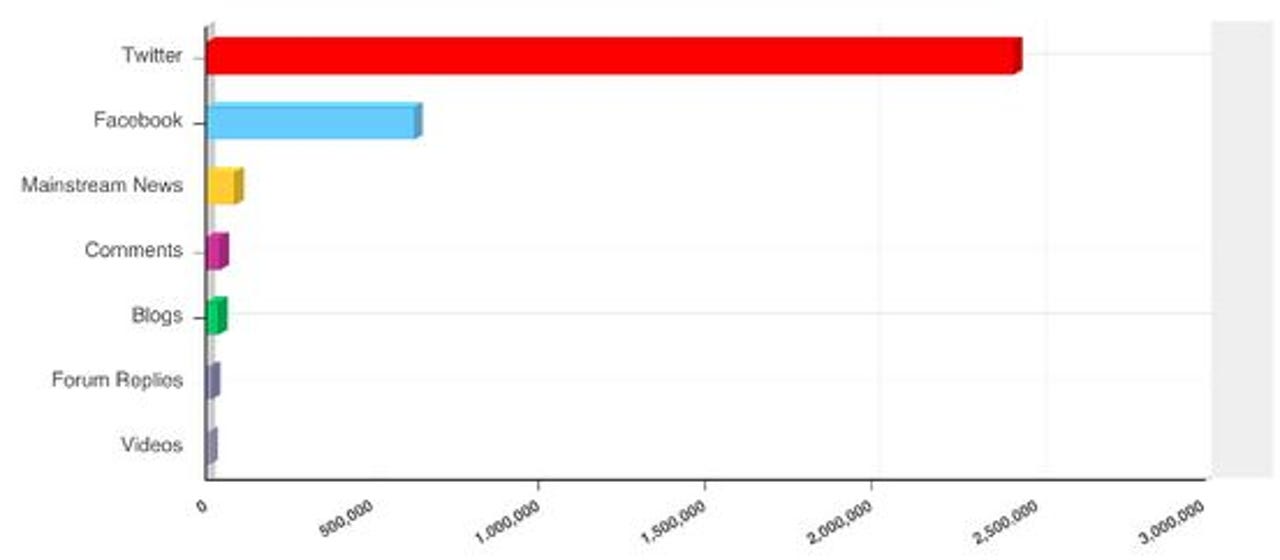Social media rises to help Haiyan victims

As I write this piece, tons of relief goods are still being shipped to areas battered by Typhoon Haiyan (locally called Yolanda) in central Philippines.
The typhoon, said to be the strongest ever recorded in modern history, ripped through a number of coastal provinces and left more than 5,000 people dead, as of the last count. Many of those who have been to the devastated areas described the desolation and damage as something akin to a place where an atomic bomb had just been dropped.
You can view the terror that Haiyan brought to Tacloban City in Leyte in this video filmed by an American storm-chaser who was on-site before the onslaught of the monster typhoon.
Only after the first images of the destruction were shown on TV and subsequently on social media were the whole country and the rest of the world able to witness the magnitude of the disaster.
Predictably, Facebook and Twitter went on overdrive, with residents in Metro Manila and other unaffected areas seizing the opportunity to call for massive aid operations. The horrifying images churned out by individuals and news organizations made the rounds in social media, triggering an avalanche of help in the form of cash donations and relief goods from the international community.
At the same time, social media also became the avenue where angry netizens vented their anger over the perceived slow and inept response of the government.

An analysis of social media listening tool, Radian6, described the response on social networks as "overwhelming". According to the report, for the one-week period from November 8 to 14, keywords "super typhoon Yolanda", "Yolanda" and "Haiyan" were mentioned an astonishing 3,243,826 times.
"Twitter was the venue for the most mentions, with 74.9 percent of mentions happening in the popular social media messaging service," it noted. "Facebook got the second most number of mentions with 19.2 percent, while mainstream news was third with 2.7 percent."
"The immediacy of sending messages on Twitter has been quite useful for calamity-related content because up-to-date information and easy dissemination of messages is what's needed. In fact, Twitter has become a de facto method of information dissemination post-typhoon with many tweets about damage updates, calls for help, and relief and donation information flooding the twitterverse," the report added.
While the devastation that Yolanda brought has been unprecedented, the report said the social Web had shown that the whole world could also come in an extraordinary manner. "The best of humanity shines through despite this tragedy," it said.